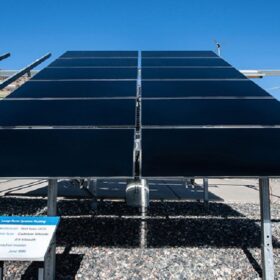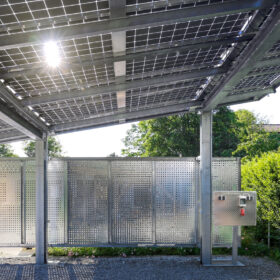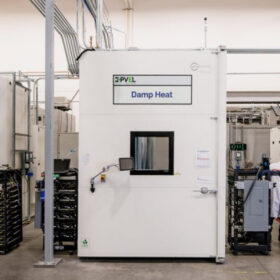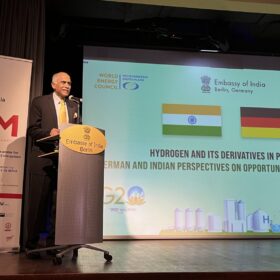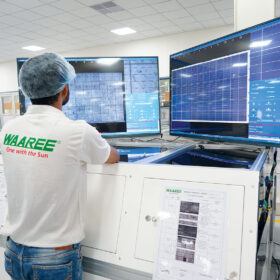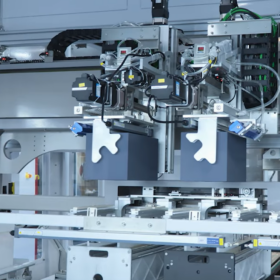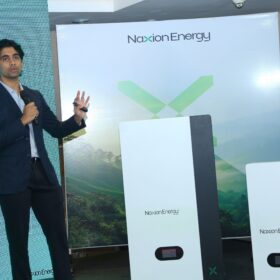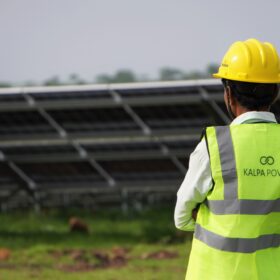Global Electronics Council releases new standard for ultra-low carbon PV panels
The Global Electronics Council has delivered standard inspection processes built upon models combining local power grid emissions and subcomponent energy needs to determine the embodied carbon footprint of globally manufactured solar panels.
Himadri invests US$6.7 million in Australia’s Sicona Battery Technologies
India’s Himadri Speciality Chemical has acquired a 12.79% stake in Sicona Battery Technologies, an Australian startup that specializes in high-capacity silicon anode technology for lithium-ion batteries.
Pushing perovskite PV limits
The perovskite solar race is heating up, with a cue of manufacturers forming to test products at the US Department of Energy’s (DoE) PV commercialization facilities, and academics on both sides of The Pond announcing new advances in recent months.
German manufacturer unveils 10 kWh residential redox flow battery
Prolux Solutions has developed a redox flow battery with a charging and discharging capacity of 4 kW and 5 kW of peak power. It is designed to be coupled with PV systems in homes with high consumption profiles.
Biofuels vs. solar electricity for urban mobility
Solar electricity will have to compete with biofuels in the urban mobility landscape. Biofuels, however, have a very low energy productivity per hectare, as well as high requirements for fertilizers, pesticides, and water.
PVEL releases ninth edition of ‘PV Module Reliability Scorecard’
The PV Evolution Labs (PVEL) 2023 Scorecard identifies 250 solar modules from 35 manufacturers as “top performers.”
New solar panels produce water from humidity
US-based manufacturer Source Global has introduced a solar module technology that can produce drinking water from as little as 10% humidity in the air. The company says that its optimized technology can produce water in a range of conditions.
Public-private partnerships: The path to sustainable transportation in India
By bringing together the private sector’s expertise and the public sector’s policy support, public-private partnerships can support the development of new technologies and solutions to improve the performance, efficiency, and affordability of electric vehicles (EVs).
Kaneka presents 29.2%-efficient 2T silicon-perovskite tandem solar cell
Kaneka’s two-terminal tandem perovskite solar cell has achieved the highest efficiency ever recorded for such a device based on an industrial Czochralski (CZ) silicon wafer. It has an open-circuit voltage of 1.929 V, a short-circuit current density of 19.5 mA cm−2, and a fill factor of 77.55%.
India to join Germany’s green hydrogen strategy update
India will use its internal market to scale up hydrogen projects, with Germany as a possible export destination. As part of a broader strategy, the countries will collaborate on a financial and technological level on energy transition projects.
